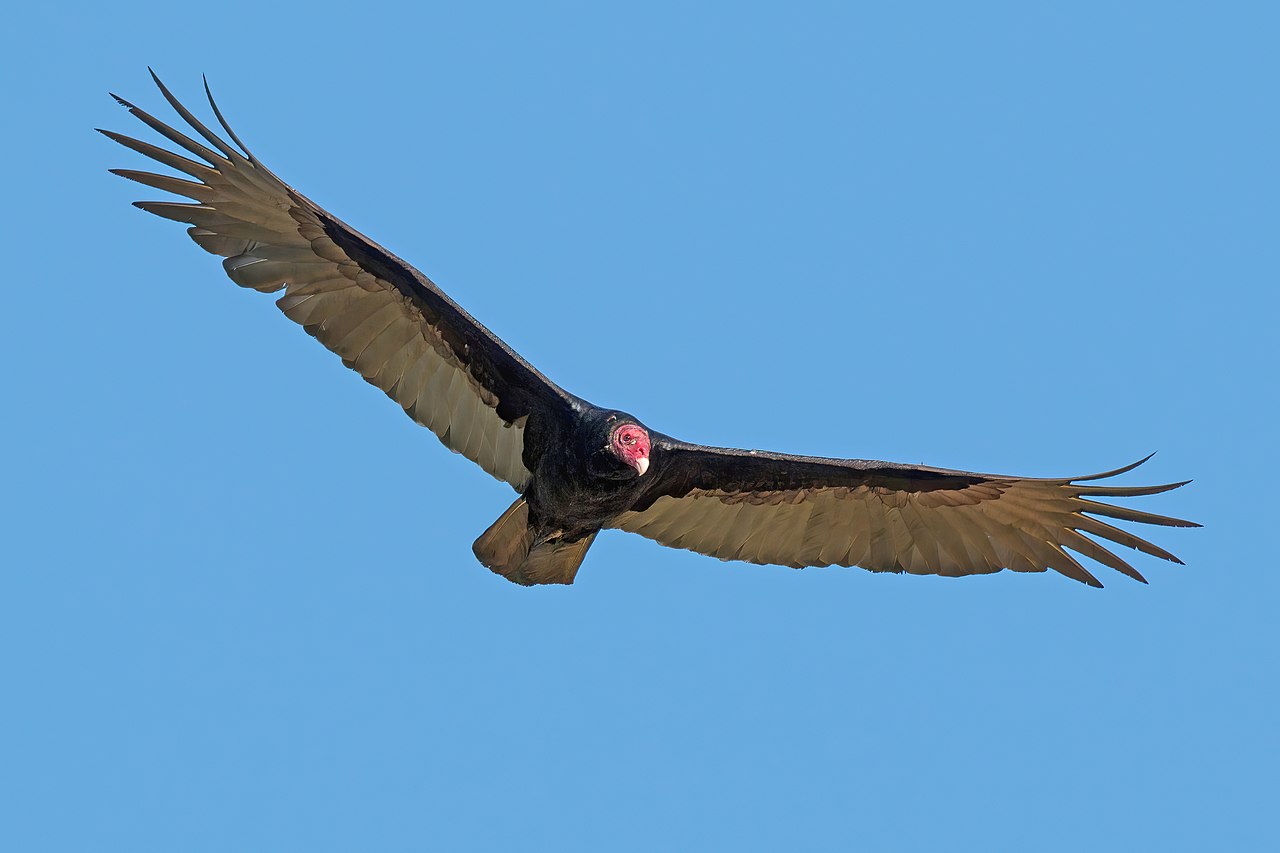Sky Burials
Nepal is one of the most diverse countries in the world. In the northern mountain villages, there is a beautiful mix of Tibetan and Tamang people. While staying in a village called Tatupani we met a man who wore a turquoise wedding ring and colorful threads around his neck. The man invited us into his home so we could ask questions about his culture. While we were talking, he explained to us the process of Tibetan traditional burials. There are three burial types that can be chosen: cremation, ground burial, and sky burial. When a person passes away in the United States we would call a funeral home, but here they call the Lama (a Buddhist priest). After the Lama arrives he starts reading Buddhist scriptures until he hears from the gods regarding which burial should be selected for the deceased. This blog post focuses specifically on the roughly 10% that are sky burials.
From the Tibetan point of view, giving one’s body to feed the birds, and thus “give back” to the earth, is a selfless act. This is exactly what happens during a sky burial. Tibetans believe that once you die your soul leaves your body immediately so preserving the empty vessel is unnecessary, your soul is already on its way to reincarnate. All ceremonial activities such as singing, prayers, and the celebration of life happen for three days before the burial. On the day of burial the body is taken away from the village and disassembled, getting cut into pieces and laid out on a rock high in the mountains where the vultures can reach it. While they cut the body into pieces it’s done without gravity or ceremony, instead it’s treated like any other manual labor with casual conversation and laughter. This is so the soul of the body can move easily through the uncertain plane between life and death and onto its next life. If a small number of vultures come down to eat the remains or if they fly away leaving the body untouched it is considered a bad omen and a reflection of their accumulated karma, either from this life or past lives. Such an instance singals an unfavorable rebirth will follow.
When I first heard all this I sat there in disbelief. My western mind had never even considered how different cultures handle death. The thought of sitting there watching a loved one be fed to birds instead of the usual flower strewn and heavy hearted funerals confused me. Why would Nepali people who are normally very spiritually sensitive treat their dead so nonchalantly? Once I started to see it from their perspective I realized I was too focused on details instead of looking at the big picture like these Nepali Buddhists do. A sky burial reflects Buddhist values such as being humble, generous, and honoring nature. It emphasizes the insignificance of one human body in a circle of karma and reincarnation, allowing for more focus on the celebration of the spirit that was only temporarily borrowing the physical body.

